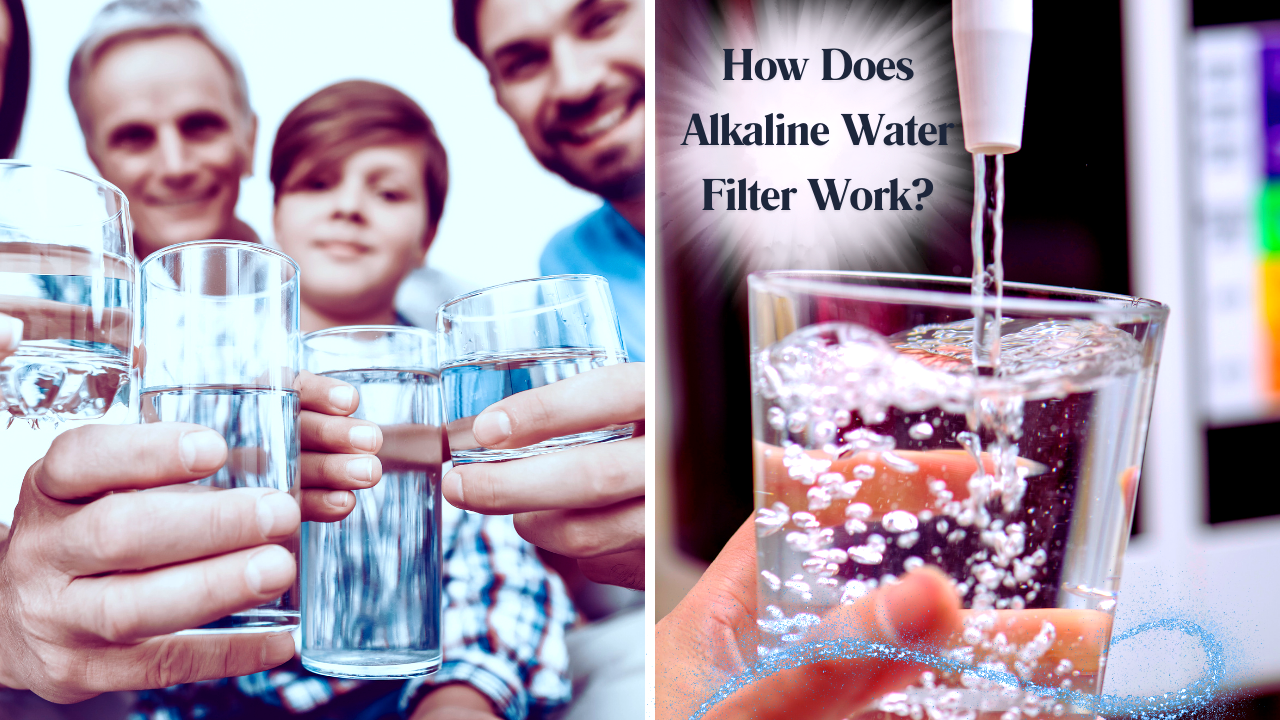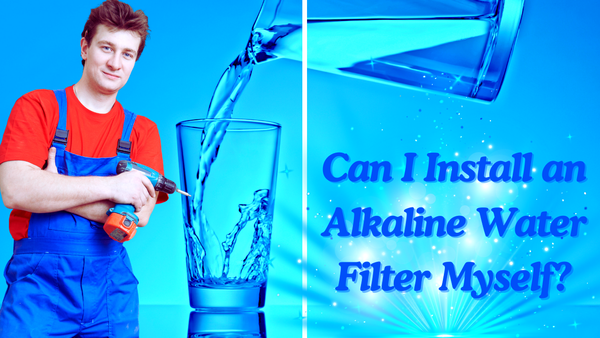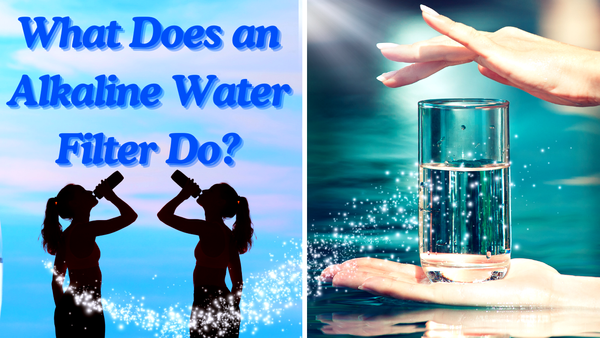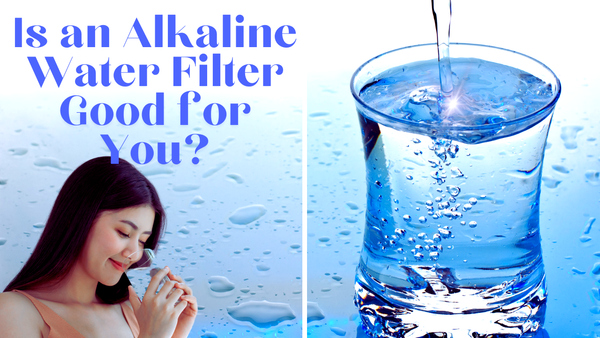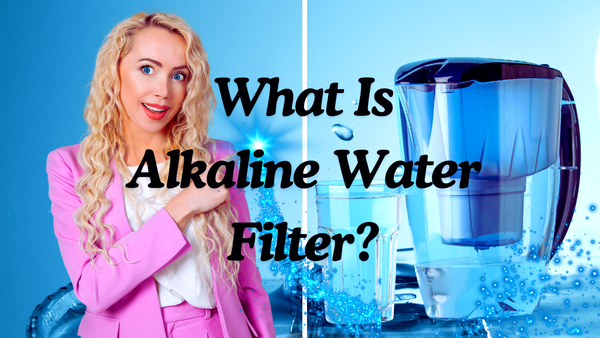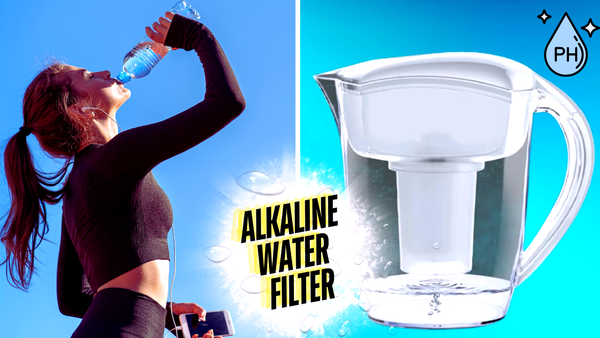Key Takeaways:
- Alkaline water filters raise the pH level of water, making it less acidic and more alkaline.
- These filters have multiple stages, including activated carbon and ion exchange resins to remove impurities and add beneficial minerals.
- Drinking alkaline water can give you potential health benefits, improved hydration, and reduced acid reflux. Using an alkaline water filter is also more cost-effective and eco-friendly than buying alkaline bottled water.
Alkaline water filters are popular among those who want to improve their drinking water. But how do they work? These filters raise the pH level of water, making it less acidic and more alkaline. This not only makes it taste better but also has potential health benefits.
Alkaline water filters work through stages that remove impurities and add beneficial minerals. These stages often include activated carbon, ion exchange resins, and sometimes reverse osmosis. Knowing how these filters work lets you decide if it’s for you.
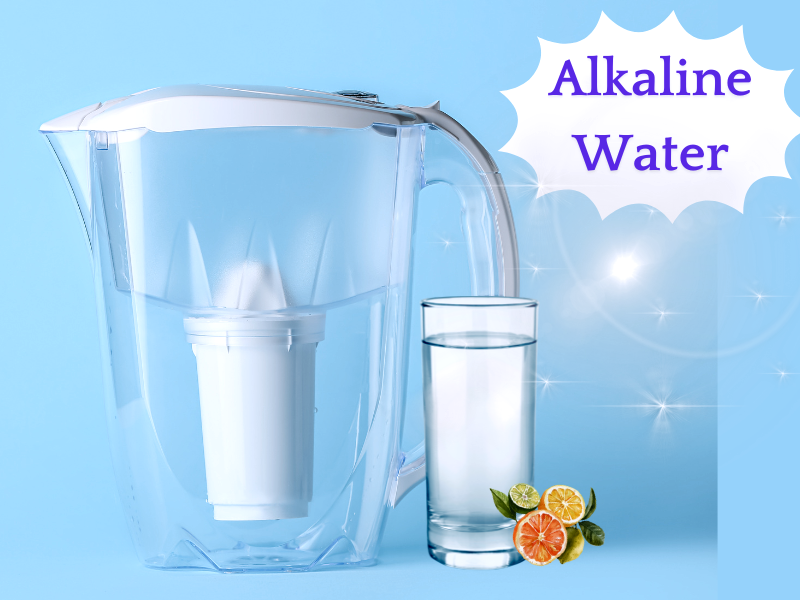
The Science Behind Alkaline Water
Alkaline water has a higher pH level than regular tap water. The pH scale is from 0 to 14; 7 is neutral. Alkaline water is between 8 and 9. This higher pH level is achieved by adding alkaline minerals like calcium, magnesium, and potassium.
Drinking alkaline water is based on the idea that it can neutralize the acid in your body. This is good for those who have acid reflux or high blood pressure. But to fully understand the benefits of an alkaline water filter, you need to know how it works.
Stages of Alkaline Water Filtration
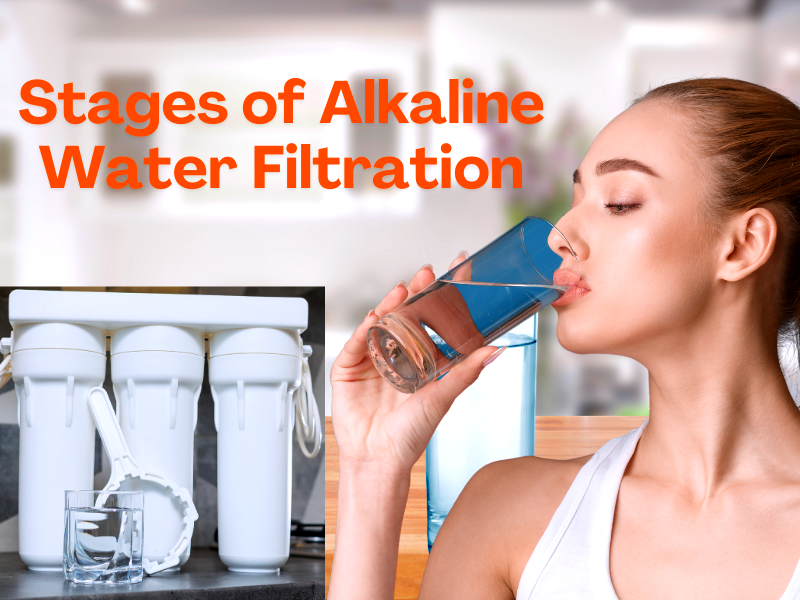
Stage 1: Pre-Filtration
The first stage in an alkaline water filtration system is pre-filtration. This stage removes larger particles like sediment, rust, and other debris. Pre-filtration reduces the load of impurities, ensuring that the next stages can work better. Pre-filters are usually made of polypropylene or ceramic. These materials trap larger particles, making the water entering the next stages cleaner and easier to process.
Stage 2: Activated Carbon Filter
The second stage is an activated carbon filter. Activated carbon is good at removing chlorine, volatile organic compounds (VOCs), and other chemicals that can affect the taste and odor of water. This stage is important for overall water quality. Activated carbon works through a process called adsorption, where contaminants adhere to the surface of the carbon particles. This stage not only removes unwanted chemicals but also prepares the water for the next stages of filtration.
Stage 3: Ion Exchange Resins
In the third stage, ion exchange resins are used to remove heavy metals like lead and mercury. These resins work by exchanging harmful ions in the water with beneficial ones. For example, they can replace calcium and magnesium ions with sodium or potassium ions.
This stage is essential to reduce the levels of impurities in the water. Ion exchange resins are good at removing heavy metals, making the water safe to drink.
Stage 4: Reverse Osmosis (Optional)
Some alkaline water filters have a reverse osmosis stage. Reverse osmosis uses a semipermeable membrane to remove even the tiniest particles, including bacteria and viruses. This stage makes the water as pure as possible. Reverse osmosis is very effective but can also remove beneficial minerals. So some systems have a remineralization stage to add these minerals back into the water so it remains alkaline.
Stage 5: Remineralization
The remineralization phase is where the water’s pH level is increased. This stage adds healthy minerals like calcium, magnesium, and potassium back into the water. These minerals not only make the water alkaline but also offer health benefits. Remineralization is crucial for maintaining the alkalinity of the water. Without this stage, the water would be too acidic, negating the benefits of the previous filtration stages.
Stage 6: Activated Carbon Post-Filter
The final stage is often an activated carbon post-filter. This stage removes any remaining contaminants and improves the taste and smell of the water. It ensures that the water you drink is clean, pure, and alkaline. Activated carbon post-filters are highly effective at removing any residual chemicals or particles. This stage is the last line of defense, ensuring that the water you drink is of the highest quality.
Health Benefits of Alkaline Water
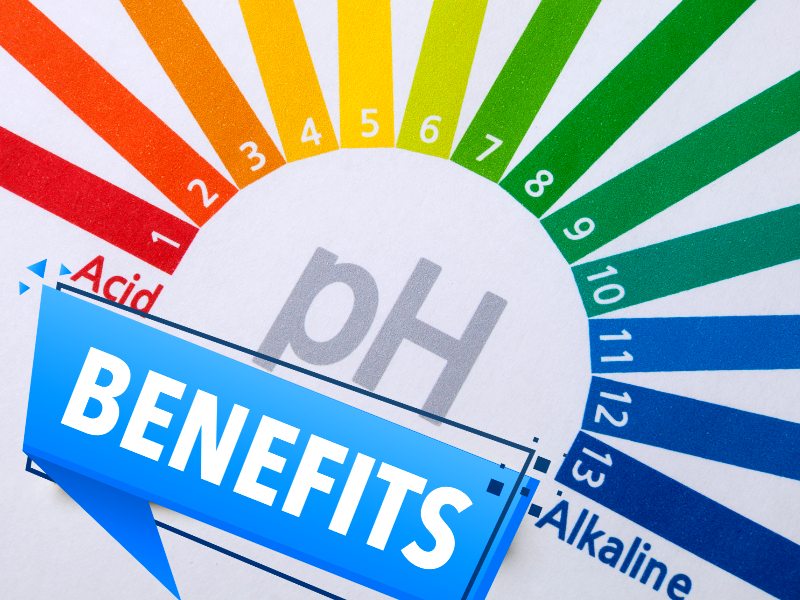
Drinking alkaline water can offer several potential health benefits. An alkaline filter works to enhance the health benefits of the water by infusing it with essential minerals like iron, zinc, calcium, magnesium, selenium, and iodine. One of the most commonly cited benefits is improved hydration. Alkaline water is believed to be more easily absorbed by the body, helping you stay hydrated more effectively.
Another potential benefit is the reduction of acid reflux. Alkaline water can neutralize stomach acid, providing relief for those suffering from acid reflux. Additionally, the minerals in alkaline water can help improve overall health by providing essential nutrients.
Alkaline Water vs. Bottled Water
Many people wonder whether they should invest in an alkaline water filter or continue buying alkaline bottled water. While alkaline bottled water is convenient, it can be expensive in the long run. An alkaline water filter, on the other hand, provides a more cost-effective solution. Alkaline bottled water also contributes to plastic waste, which is harmful to the environment. By using an alkaline water filter, you can reduce your plastic consumption and enjoy clean, alkaline water straight from your tap.
How to Choose an Alkaline Water Filter
When choosing an alkaline water filter, consider factors like the filtration stages, the quality of the materials used, and the ease of installation. Look for filters that offer multiple stages of filtration, including activated carbon and ion exchange resins. It's also essential to consider the cost of replacement filters. Some systems require frequent filter changes, which can add to the overall cost. Make sure to choose a system that fits your budget and meets your water quality needs.
Installation and Maintenance
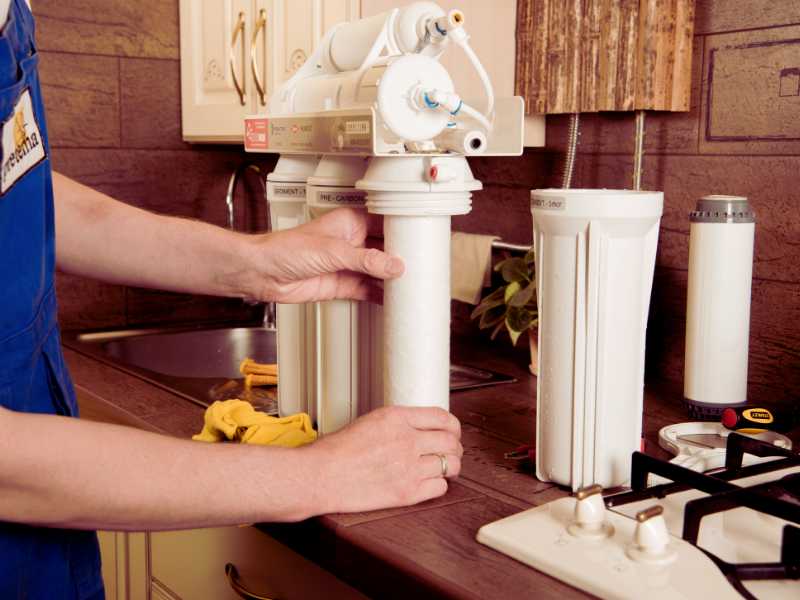
Installing an alkaline water filter is usually straightforward. Most systems come with detailed instructions and all the necessary components. However, if you're not comfortable installing it yourself, you can always hire a professional. Maintenance is also crucial for ensuring the longevity of your filter. Regularly replacing the filters and cleaning the system will ensure that it continues to provide high-quality, alkaline water.
Potential Drawbacks
While there are many benefits to drinking alkaline water, there are also some potential drawbacks. Additionally, some people may experience side effects like nausea or headaches when they first start drinking alkaline water. These symptoms usually subside as the body adjusts, but it's something to be aware of.
Summary
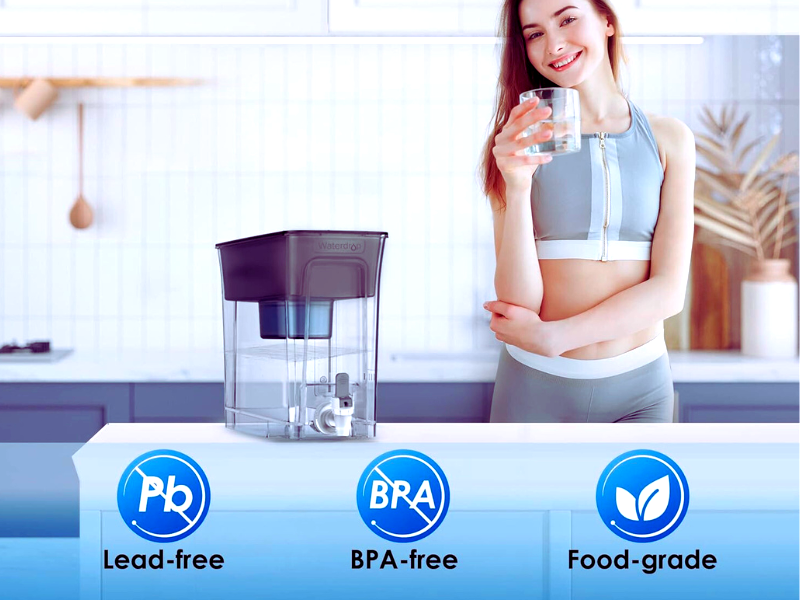
Alkaline water filters work through multiple stages to remove contaminants and add beneficial minerals, increasing the water's pH level. These filters can offer potential health benefits, such as improved hydration and reduced acid reflux. While bottled alkaline water is convenient, an alkaline water filter provides a more cost-effective and environmentally friendly solution. When choosing a filter, consider factors like the filtration stages, material quality, and maintenance requirements. Stay connected with us by subscribing to our newsletter today!
FAQ
What are the benefits of drinking alkaline water?
Drinking alkaline water can provide several potential health benefits, such as improved hydration, reduced acid reflux, and the addition of essential minerals like calcium and magnesium.
How often should I replace the filters in my alkaline water system?
Filter replacement frequency depends on the system you use. Generally, filters should be replaced every 6 to 12 months to ensure optimal performance.
Can I install an alkaline water filter myself?
Most alkaline water filters come with instructions and all the parts so you can install them yourself. But if you’re uncomfortable installing it yourself, you can always hire a professional.
